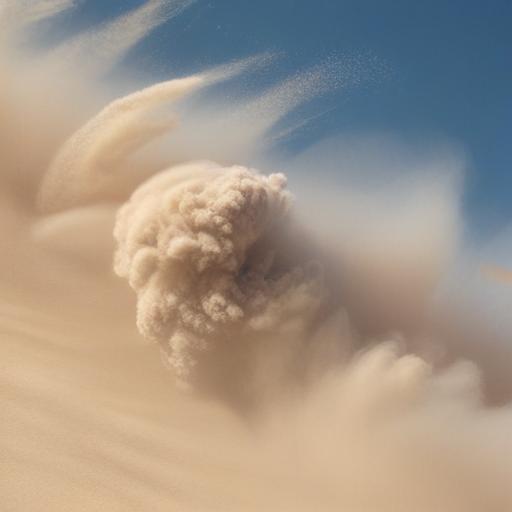SAN JUAN, Puerto Rico — A significant dust cloud emanating from the Sahara Desert has enveloped much of the Caribbean, marking the largest such event of the year as it progresses toward the United States. Spanning an impressive 2,000 miles from Jamaica to beyond Barbados, and reaching 750 miles from the Turks and Caicos Islands down to Trinidad and Tobago, the cloud’s wide reach has raised health concerns among residents.
The dust has caused widespread effects, including sneezing, coughing, and watery eyes. Local meteorologists have advised individuals with respiratory issues, such as asthma or allergies, to stay indoors or don face masks when outside. The dust concentration has been reported at a high level of 0.55 aerosol optical depth, indicating the most significant amount observed in 2023 so far.
According to Alex DaSilva, lead hurricane expert at AccuWeather, much of the concentration typically diminishes as the plumes travel eastward, making for a less intense impact on locations farther on the mainland. The dust cloud is expected to reach states including Florida, Louisiana, Alabama, and Mississippi later this week, coinciding with a weather pattern that usually results in diminished concentration.
The Saharan Air Layer, which is responsible for transporting this dust across the Atlantic from April through October, significantly influences weather patterns in the region. Historical data shows that the highest concentrations often occur in June and July, with dust layers reaching elevations of 5,000 to 20,000 feet. Notably, this phenomenon can inhibit the formation of tropical waves during the Atlantic hurricane season, which spans from June 1 to November 30.
The event recalls a notable occurrence in June 2020 when a record-breaking dust cloud, dubbed the “Godzilla dust cloud,” swept through the Caribbean, showcasing the scale and implications of such natural phenomena. As communities prepare for the incoming dust, it’s essential to stay informed and take necessary precautions to manage health impacts effectively.
This event is a reminder of the interconnectedness of our environment and how natural occurrences can resonate across vast distances. While the immediate impact on health can be challenging, staying informed and prepared can mitigate risks, offering hope for resilience in the face of environmental changes.
